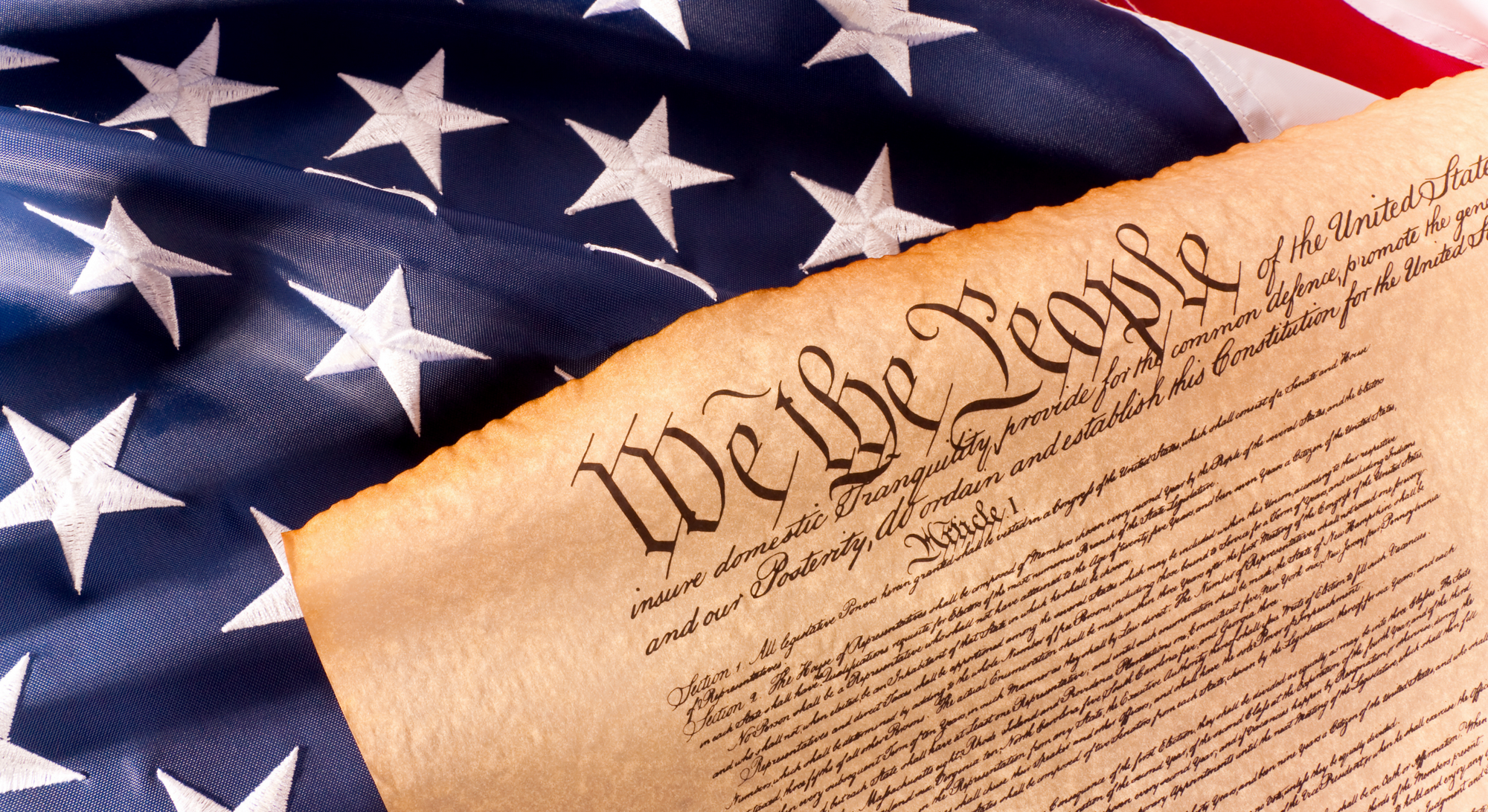
Every American citizen should know the details of the binding government document that outlines their rights and privileges, especially with communist insurrectionists running rampant in the streets.
Today, we’ll break down the amendments that immediately followed the first nine and comprised the majority of the historic Bill of Rights. This is a brief overview of Constitutional amendments 10-15.
The 10th Amendment

The 10th amendment is the last amendment of the official Bill of Rights, and it’s arguably one of the most important.
In a nutshell, it specifies that any powers not explicitly outlined in the Constitution are automatically delegated to the states or to the people instead of the federal government.
This prevents the federal government from accruing more power passively as new laws or rights are discovered or discussed.
The 11th Amendment
The 11th amendment was adopted in 1795 and was the first amendment added after the Bill of Rights. The original language is a bit technical, but it essentially established the doctrine of “sovereign immunity”.
This prevents any government entities or officers, so long as they are acting officially and lawfully, from being sued for carrying out their duties.
For instance, this means police officers can’t be sued for fighting someone if they were fighting that criminal within the legal bounds of their job.
The 12th Amendment

The 12th amendment is especially long compared to many others in the Constitution.
The Air Force today still operates in both air and space, though the new department – the Space Force, itself a subsidiary organization of the Air Force like the USAF was for the Army back in World War II – will progressively take on those challenges and responsibilities over time.
It was adopted in 1804 and changed the exact procedures for how the electoral college can elect both the president and vice president. More specifically, it decrees that each electoral college elector has to cast a distinct vote for the president and vice president.
Previously, electors cast two votes for the president alone, and the runner-up became vice president.
It had ancillary effects for the rest of the voting process, as well.
For instance, it made it so that the House of Representatives votes for the president if the electoral college vote does not produce a clear majority. This is one of the most complex amendments in the Constitution, so be sure to study it in more detail.
The 13th Amendment

The 13th amendment is one of the most famous – it outlawed both slavery and indentured servitude in the United States with a single exception.
Only criminals who have been duly prosecuted and convicted of a crime may be subjected to imprisonment and/or servitude to a limited extent. This Amendment was passed in 1865, after the Civil War, and resulted in the freedom of all Southern slaves.
The 13th amendment was the first of three “Reconstruction” amendments that were passed shortly after the Civil War.
The 14th Amendment
The 14th amendment was passed in 1868 and it established citizenship for any person born or naturalized in the United States. It also prevented state governments from infringing upon the privileges or immunities of United States citizens.
As you might expect, this was largely adopted to prevent Southern states from attempting to limit the freedoms of newly freed African-Americans by explicitly naming them as citizens.
The 15th Amendment

The 15th amendment was adopted in 1870 and guaranteed the voting rights of any former slaves or other African-American citizens.
As you might expect, this was largely adopted to prevent Southern states from attempting to limit the freedoms of newly freed African-Americans by explicitly naming them as citizens.
It was adopted mostly to ensure that Southern states could not continue to infringe upon the voting rights of African-Americans. These practices still continued, unfortunately, until the 24th amendment was passed nearly 100 years later.
Thank you for taking the time to educate or jog your memory about your God-given rights as an American citizen. Stay tuned every month where we break down various parts of the Constitution by subscribing to our newsletter.
You can also read past articles simplifying other parts of the Constitution below:
United We Stand.
Justin, Author
2A4Life
Featured: 67% Off Gadsden Flag
> 3' x 5' Nylon Flag
> Long-lasting rich, vibrant colors
> Brass grommets


